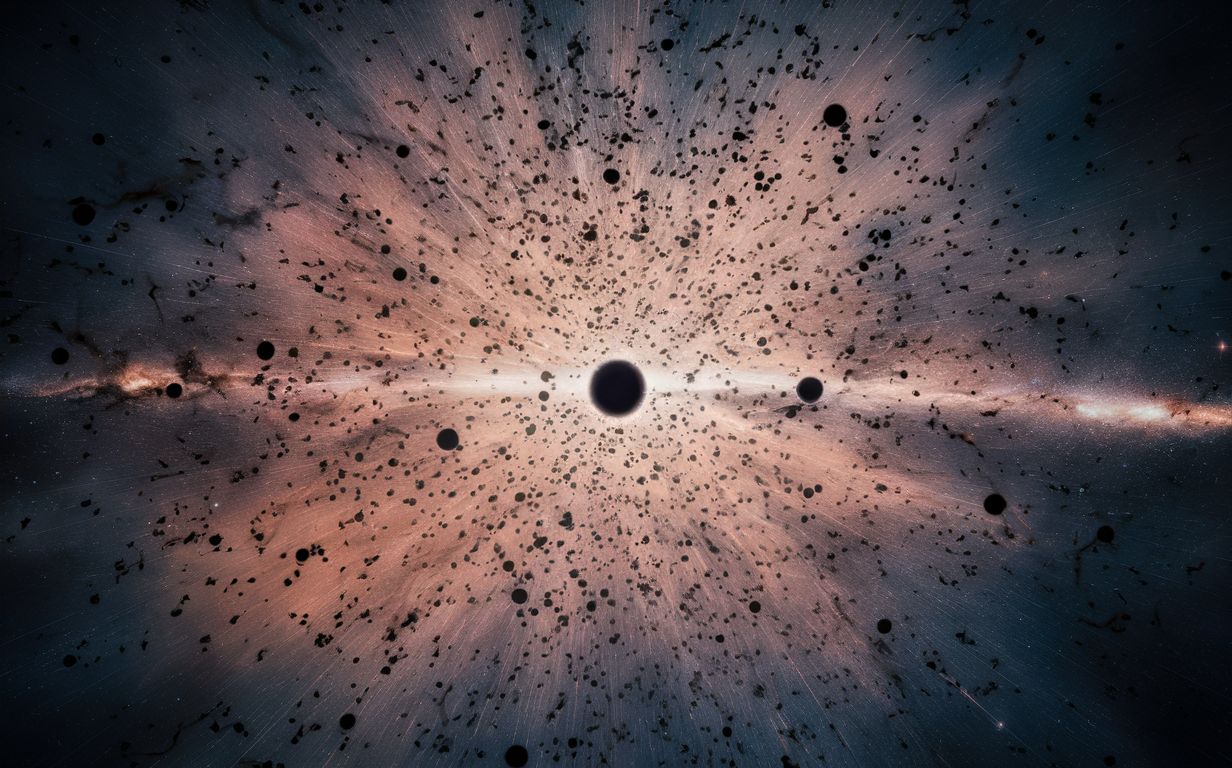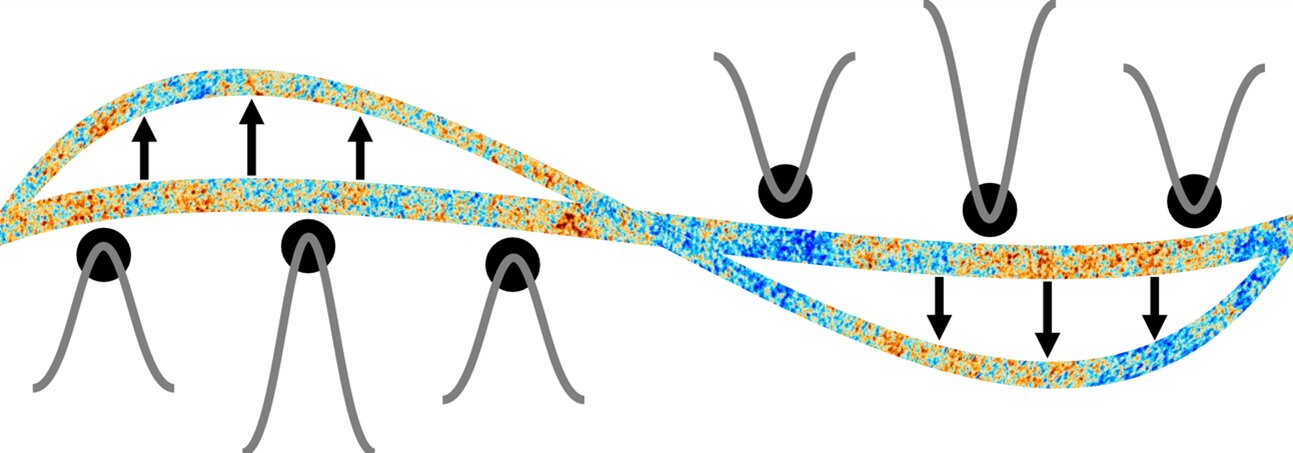Dark matter: a step closer to tiny black holes
Follow us on Google News (click on ☆)

This approach has led to the conclusion that there should be far fewer micro black holes than most models suggest. These black holes could be a component of dark matter; upcoming observations will confirm or refute this. The results have been published in Physical Review Letters and Physical Review D.
It is accepted that the Universe is approximately 13.8 billion years old. It began with an explosion, the Big Bang, then rapidly expanded during inflation, transitioning from a homogeneous state to a granular structure. Dark matter, a still mysterious substance, could be composed of ancient black holes.
Jason Kristiano, a graduate student, explains that primordial black holes are considered a serious candidate for dark matter, but they would need to be numerous to validate this theory. Despite solid reasons for their expected abundance, they have not been directly observed, and a new model might explain this absence.
Kristiano and his supervisor, Professor Jun'ichi Yokoyama, examined various models of primordial black hole formation but found that they did not match observations of the cosmic microwave background. Their work proposes a correction to the model of primordial black hole formation from cosmic inflation, in line with current observations.

The study shows how large amplitude fluctuations generated on a small scale can amplify the large scale fluctuations observed in the cosmic microwave background.
Credit: 2024 ESA/Planck Collaboration, modified by Jason Kristiano CC-BY-ND
Yokoyama specifies that small-scale, high-amplitude fluctuations in the early Universe can amplify longer waves observed in the cosmic microwave background. This phenomenon, explained by quantum field theory, could alter the standard explanation of the Universe's large-scale structures.
Finally, this new understanding of primordial fluctuations limits the number of possible primordial black holes, suggesting that a smaller number could explain dark matter. Future observations from gravitational wave observatories like LIGO, Virgo, and KAGRA will provide additional data to refine this theory.
This research was conducted at the Research Center for the Early Universe (RESCEU) and the Kavli Institute for the Physics and Mathematics of the Universe (Kavli IPMU) at the University of Tokyo.